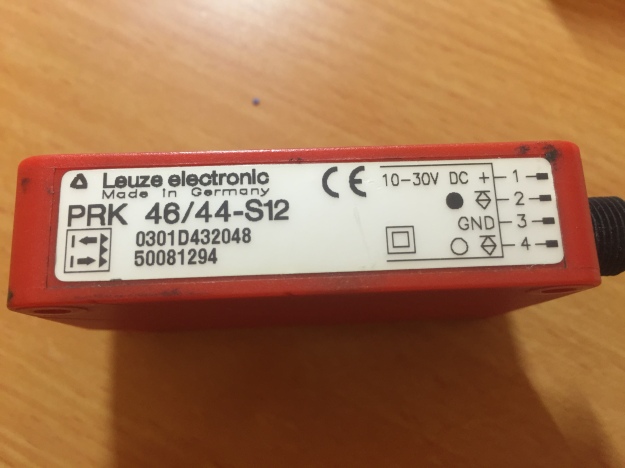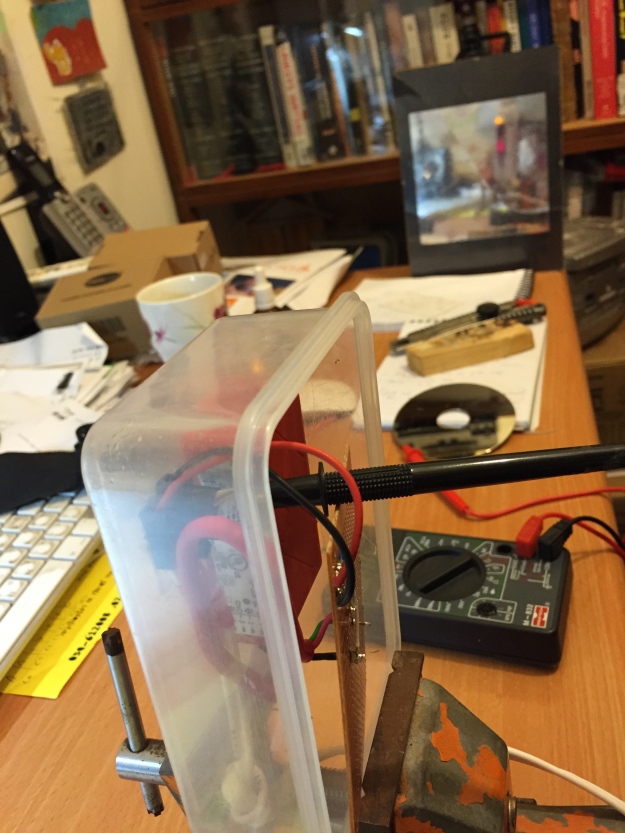One of the cats living in our backyard has been bothering us for a long time. We love cats, but this one keeps sneaking into the house, meowing loudly even when it’s not hungry and trying to steal food on every occasion (even though we feed it outside). When we have a family meal we can’t open the kitchen window because it jumps inside and then tries to jump on the table.
Nothing helped until my daughter came up with the idea for a Cat Deterring System, or CDS in short. CDS is based on cat’s fear (or deep dislike) of being wet. The idea is to install a motion sensor across the window that opens an electric tap when the cat jumps on the ledge and sprays a could of water. Simple and cool.
I started by ordering this sensor on eBay. I checked the prices right now and they are very high. I managed to buy 2 of these for just 10 Euro each. They now sell for much higher prices – between 30 and 100 euros!
I also ordered an electric solenoid valve running on 12V (as the sensor). These valves were rather expensive and I’m a bit surprised that I bought them just for scaring a cat away …
These components were lying on my shelf for several months before I finally got down to develop the system. But at some point my wife threatened that she would do something drastic about the cat so I had no choice. I didn’t want to find out what that may be.
The most difficult part was to understand who the sensor works. Quite early in the process I realised that I need a reflector to position opposite the sensor. I also needed to create a connector for the sensor because it didn’t arrive with one. The sensor has 4 connections, two for ground and 12V input and output pins – one is high when the beam is reflected (no obstruction) and on is high when the beam is blocked. My friend Tomer helped me with the connectors – 4 pins salvaged from an old serial cable.
I hooked up a simple circuit in which the output of the sensor connects an old 12V relay that I had at home and the relay opens the valve. I needed the relay because the output from the sensor could not hold the valve open. Tomer said I should have used a transistor and that a relay would not work fast enough but in fact a relay is just perfect, and I had nothing to do with it.
So I set up a small test rig to try and get the sensor to work.
After looking around for a reflector I found an old hologram which worked well. You can see it in the next picture. Unfortunately, the sensor is very sensitive and can detect the reflected beam only if the reflector is set just right. It took me a very long time to get it to work.
The video below shows the system in operation.
The sensor has two lights, a green one that indicates that it is on and an orange one. The orange light comes on when the beam is reflected properly. It blinks when the beam is detected but not perfectly. It goes off when the beam is blocked.



